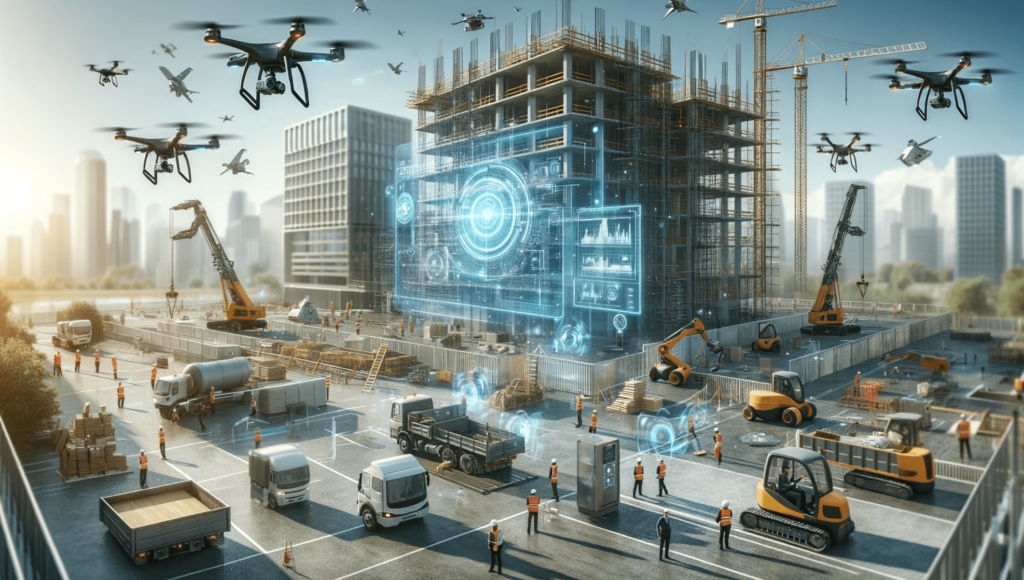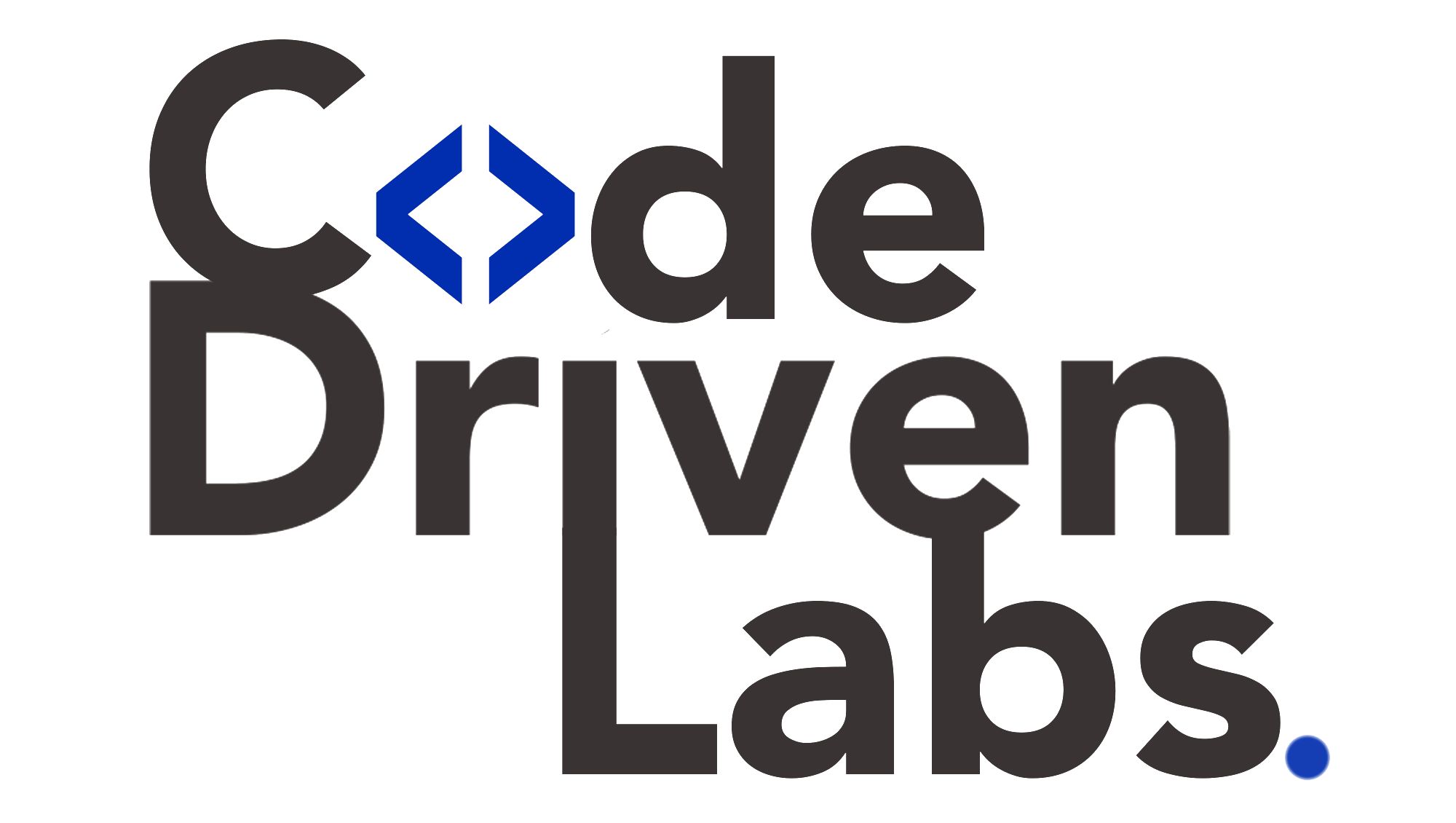Level up your business with US.
- Home
- AI for Construction and Engineering Websites: Project Tracking and Smart Resource Management
AI for Construction and Engineering Websites: Project Tracking and Smart Resource Management
October 16, 2025 - Blog
AI for Construction and Engineering Websites: Project Tracking and Smart Resource Management
The construction and engineering industries are entering a new era of digital transformation—one driven by Artificial Intelligence (AI). From predictive maintenance to automated scheduling and resource allocation, AI is redefining how infrastructure projects are designed, managed, and delivered. Modern construction and engineering websites are no longer just static portfolios or project showcases—they’re becoming intelligent platforms that streamline operations, track progress, and optimize resources in real time.
As global demand for infrastructure continues to rise, companies are under increasing pressure to deliver projects faster, safer, and more cost-effectively. This is where AI-powered websites step in, acting as centralized digital hubs that help project managers, engineers, and clients make smarter, data-driven decisions.
This blog explores how AI is transforming construction and engineering websites through advanced project tracking, resource optimization, predictive analytics, and workflow automation, and how Code Driven Labs helps organizations harness AI to revolutionize their digital operations.

1. The Digital Transformation of Construction and Engineering
Traditionally, construction and engineering firms relied on manual processes and disconnected systems to manage projects. Spreadsheets, on-site logs, and static dashboards often led to inefficiencies, delays, and miscommunication between teams.
Today, AI-powered websites and platforms have become the backbone of modern project management. By integrating data from sensors, IoT devices, drones, and enterprise systems, these websites can provide real-time visibility into project progress, predict potential risks, and optimize resources with unprecedented precision.
AI is no longer just a technological upgrade—it’s a strategic advantage. It helps companies stay competitive, reduce human error, and improve collaboration across departments and job sites.
2. AI in Project Tracking: Real-Time Insights for Smarter Decisions
Effective project tracking is essential for the success of any construction or engineering initiative. AI transforms traditional tracking systems by providing real-time analytics, predictive insights, and automated updates that enhance decision-making and accountability.
Here’s how AI enhances project tracking on construction and engineering websites:
-
Predictive Progress Tracking: AI algorithms analyze historical project data to forecast completion timelines and detect early signs of delays.
-
Automated Status Updates: Using IoT data and sensors, AI automatically updates project milestones, eliminating the need for manual reporting.
-
Visual Progress Monitoring: AI-powered drones and cameras can capture site images, and computer vision tools analyze them to track construction progress against plans.
-
Issue Detection: AI systems can flag anomalies—such as structural deviations or scheduling bottlenecks—before they escalate into costly problems.
These smart tracking systems ensure that project managers always have accurate, real-time data at their fingertips. This transparency not only boosts efficiency but also builds client trust through measurable, data-backed progress reporting.
3. Smart Resource Management with Artificial Intelligence
Resource management—covering manpower, materials, and machinery—is one of the most complex challenges in construction and engineering. AI provides intelligent tools to allocate, schedule, and optimize resources dynamically, reducing waste and downtime.
a. Labor Allocation Optimization
AI analyzes workforce data, skill sets, and availability to assign the right professionals to the right tasks. It ensures balanced workloads and prevents overstaffing or understaffing.
b. Equipment Utilization and Predictive Maintenance
By connecting to IoT-enabled machinery, AI predicts equipment failures before they occur. This proactive maintenance minimizes downtime and extends machinery lifespan.
c. Material Forecasting
AI algorithms evaluate project timelines, material usage rates, and supplier data to predict when and how much material should be ordered—preventing shortages or surpluses.
d. Cost Optimization
Through real-time tracking of expenses and consumption, AI systems help managers control budgets and avoid cost overruns.
These capabilities make AI-driven resource management systems indispensable for modern construction firms that operate across multiple locations and projects.
4. Predictive Analytics for Construction Risk Management
One of AI’s most powerful contributions to construction and engineering websites is predictive analytics. By analyzing vast datasets—ranging from weather patterns to labor productivity—AI can identify risks before they impact project delivery.
Examples of predictive applications include:
-
Weather Impact Forecasting: Predicting how upcoming weather conditions may affect timelines or material quality.
-
Safety Risk Detection: Analyzing on-site sensor data to identify unsafe conditions or potential accidents.
-
Budget and Schedule Prediction: Forecasting financial and timeline deviations based on past project patterns.
-
Vendor Reliability Analysis: Evaluating supplier performance to minimize procurement risks.
These insights enable managers to plan proactively rather than reactively—saving both time and money.
5. AI-Powered Collaboration and Communication Tools
AI enhances collaboration between contractors, engineers, architects, and clients by facilitating seamless communication through intelligent systems.
Modern construction websites use AI chatbots and digital assistants to automate project-related communication, such as:
-
Notifying teams about schedule updates or changes.
-
Sharing real-time progress reports.
-
Generating automated project summaries.
-
Facilitating remote collaboration between office teams and field workers.
AI ensures that everyone—from project stakeholders to on-site engineers—stays informed and aligned, minimizing miscommunication and delays.
6. Visual Intelligence: Computer Vision in Construction
AI-driven computer vision has emerged as a game-changer for construction project tracking. By analyzing visual data from cameras and drones, AI systems can automatically detect construction progress, compliance issues, and safety hazards.
Applications of computer vision include:
-
Site Progress Verification: Comparing site images against blueprints or BIM (Building Information Modeling) data to verify work accuracy.
-
Safety Monitoring: Detecting whether workers are wearing helmets, harnesses, or other safety gear.
-
Material Inventory Tracking: Automatically counting materials and identifying stock levels using visual recognition.
These insights are integrated into project dashboards on company websites, giving managers a comprehensive and real-time overview of site conditions.
7. AI in Construction Estimation and Bidding
AI is also transforming how construction companies estimate costs and bid for new projects. Machine learning models analyze past bids, material costs, and labor data to generate accurate project estimates.
AI-powered bidding systems can:
-
Identify cost-saving opportunities based on historical data.
-
Recommend optimal pricing strategies for different clients.
-
Forecast project profitability under various scenarios.
By integrating these tools into company websites, firms can accelerate their proposal processes and improve win rates.
8. Sustainability and Energy Efficiency Through AI
With growing emphasis on sustainability, AI helps construction and engineering firms optimize energy usage, reduce waste, and track environmental impact.
AI systems monitor factors like fuel consumption, carbon emissions, and material efficiency. They recommend eco-friendly practices that align with green building standards and corporate sustainability goals.
This not only supports compliance but also enhances brand reputation among environmentally conscious clients.
9. The Role of AI in Data-Driven Decision Making
Construction and engineering projects generate massive amounts of data. Without AI, much of this information remains underutilized. AI turns this data into actionable insights, enabling faster and more accurate decisions.
AI-driven dashboards consolidate information from various sources—such as financial systems, IoT sensors, and project management tools—into unified, interactive interfaces. Decision-makers can visualize performance metrics, analyze trends, and make adjustments instantly.
10. How Code Driven Labs Empowers AI in Construction and Engineering Websites
Code Driven Labs is at the forefront of developing AI-powered construction and engineering websites that integrate automation, analytics, and intelligent management tools. Their expertise lies in merging software engineering with real-world industry challenges to deliver smarter, more connected digital platforms.
Here’s how Code Driven Labs helps businesses revolutionize operations through AI:
a. Intelligent Project Tracking Platforms
Code Driven Labs builds AI-enabled dashboards that provide real-time project tracking, automated updates, and predictive analytics. These systems give managers complete visibility over progress, budgets, and risks.
b. Smart Resource Management Modules
They develop machine learning-based resource planning tools that optimize workforce deployment, equipment use, and material allocation—reducing waste and improving cost efficiency.
c. Integration of IoT and Visual AI
Code Driven Labs connects IoT sensors and cameras with AI systems for automated progress tracking, safety monitoring, and predictive maintenance.
d. Predictive Analytics and Reporting Dashboards
Their platforms integrate predictive analytics engines that forecast project outcomes, risks, and budget trends—empowering proactive decision-making.
e. Secure and Scalable Web Architecture
All Code Driven Labs solutions prioritize data security, scalability, and performance. Their AI systems ensure compliance with industry standards while supporting multi-site operations.
By combining AI innovation with deep industry expertise, Code Driven Labs transforms construction and engineering websites into intelligent ecosystems that drive performance, transparency, and growth.
11. The Future of AI in Construction and Engineering
The next phase of AI adoption in construction and engineering will focus on autonomous project management, robotics integration, and advanced simulation modeling.
Future AI-driven platforms will automatically schedule activities, allocate resources, and simulate different project scenarios to find optimal outcomes. Real-time collaboration between AI tools, drones, and IoT systems will make construction more precise, sustainable, and cost-effective.
Firms that embrace AI today will lead the next generation of smart infrastructure development.
Conclusion
AI is reshaping the construction and engineering landscape by enhancing how projects are tracked, resources are managed, and decisions are made. From predictive project tracking and real-time monitoring to automated scheduling and intelligent resource allocation, AI ensures that every aspect of project management is data-driven and efficient.
With Code Driven Labs, construction and engineering firms can transform their websites into intelligent digital platforms that go beyond basic functionality. Their AI-powered solutions provide real-time visibility, predictive analytics, and seamless integration with on-site technologies—helping companies deliver projects faster, safer, and with greater precision.
